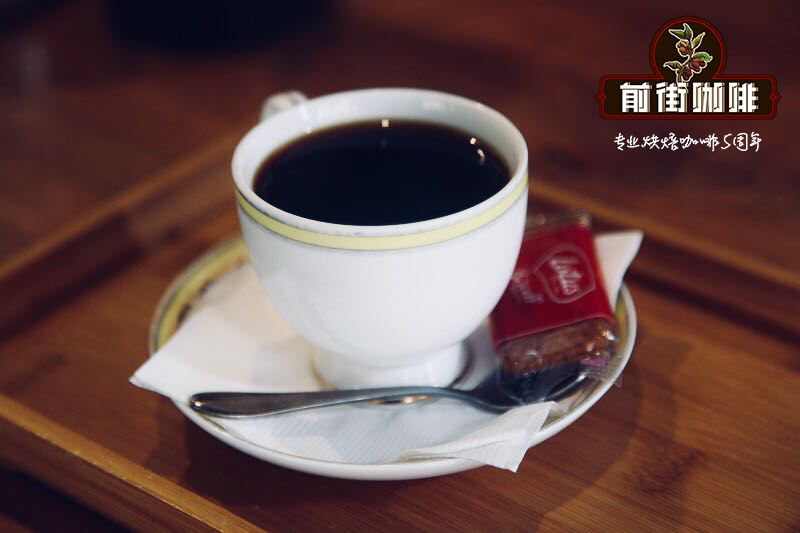Was the siphon pot invented in Japan? What's the difference between a Japanese siphon pot and a Belgian siphon pot?

For information, please follow the coffee workshop (Wechat official account cafe_style)
Siphon pot (Syphon), commonly known as "plug wind pot" or "siphon", is a simple and easy-to-use method of coffee brewing, and it is also one of the most popular coffee brewing methods in cafes. Although the siphon pot has the nickname of "plug wind type", it has nothing to do with the siphon principle, but uses water heating to produce water vapor, resulting in thermal expansion and cold contraction principle, pushing the hot water from the lower sphere to the upper pot, and then sucking back the water from the upper pot after the lower pot cools.
In 1840, a glass test tube in a laboratory triggered the invention of the siphon coffee maker (Syphon). The British took the test tube used in Biya's chemical experiment as a model to create the first vacuum coffee pot. Two years later, Mrs. Bachang of France improved the kettle with a little spring in shape, and the familiar upper and lower convection siphon pot was born. The siphon coffee maker lived in France for a long time, but never got a good chance to be very popular. It became popular for the first time when it was brought to Denmark and Japan in the mid-20th century.
The Japanese like the "tortoise hair" personality of the siphon pot technology standard, carefully deliberating the complex relationship between the size of coffee powder, water and time to mobilize the whole army, and develop a well-regulated coffee path. The aestheticist Danes focused on functional design, Peter, who imported siphon pots from France in the mid-1950 s. Bolton (Peter Bodum), who thought French-made pots were expensive and difficult to use, partnered with architect Kaas Klaeson to develop Bodum's first styling siphon pot, which went public under the name "Santos".
At present, siphons on the market can be divided into two categories, domestic, Taiwan, and Japanese, and their prices are also on the increase. There are too many domestic brands not introduced. Taiwan-made brands such as YAMI, Japanese-made more well-known ones are HARIO.
Siphon pot in the selection and purchase of the aspects that need to pay attention to is the glass material of the pot, to choose high temperature resistance and can accept the high and low temperature difference. Secondly, according to the different needs, we should pay attention to its capacity. Generally speaking, the siphon pot can be divided into 2 people, 3 people and 5 people. Prices range from 100 to 200 yuan.
Important Notice :
前街咖啡 FrontStreet Coffee has moved to new addredd:
FrontStreet Coffee Address: 315,Donghua East Road,GuangZhou
Tel:020 38364473
- Prev

How many stirring methods are there in the siphon pot? | which is the downward pressing method, the mixing method, the pendulum method or the cross method
For information, please follow the coffee workshop (Wechat official account cafe_style) after mastering the basic operation of the siphon pot, if you want to know more about how to make better coffee from the siphon pot, let's study how to stir it together. This is a crucial issue. Different stirring will cause subtle changes in the flavor of coffee, we can
- Next

How many kinds of filter paper coffee are there? How to use coffee filter paper fan and v-shaped coffee filter paper
Please pay attention to the coffee workshop (Wechat official account cafe_style) filter paper is the filter medium for hand-brewed coffee, and it is often the most easily overlooked detail. the filter paper of different grades, poor quality filter paper will dissolve the taste of the pulp into the coffee. At present, there are many kinds of filter paper on the market, including hemp, bamboo fiber, cotton, high-grade Japanese and paper, etc.
Related
- What is the Philharmonic pressure? How to use Philharmonic pressure to make delicious coffee
- Why does a hand grinder have more fine powder than an electric grinder?
- In addition to the hot mom, what is the difference between the versions of EK43 | ditting and Mahdi ek43?
- What kind of equipment do you need to make coffee by hand? Introduction to novice starter cooking equipment tools
- Espresso needs to be ground how thick and thin scale entry Italian Coffee Machine Bean Grinder investigation and Grinding course
- How much does it cost to open a small private cafe? How much does it cost to learn coffee? How to operate it?
- The difference between the flavor characteristics of hand-brewed coffee and coffee maker is hand-brewed coffee really better than coffee maker? Can I use a coffee machine to make coffee beans by hand?
- The difference between 01 and 02 of hario v60 filter cup what is the difference between 01 and 02 filter cup opening and cooking flavor
- What's the difference between the smart cup and the French kettle? Which is better, the French kettle or the Smart Cup?
- What's the difference between a smart cup and a V60 filter cup? The difference between the taste of smart cup and hand-brewed coffee

